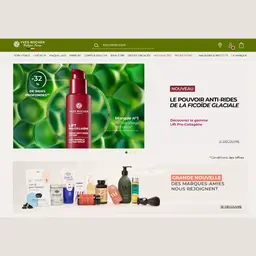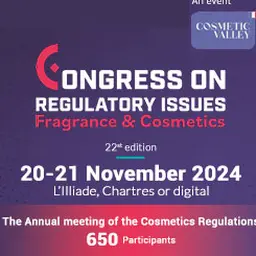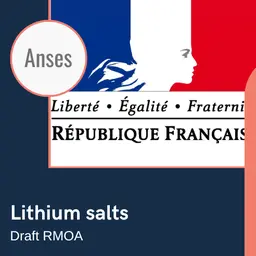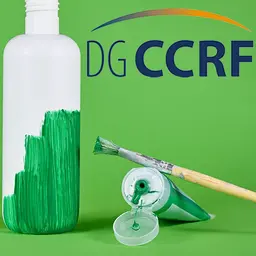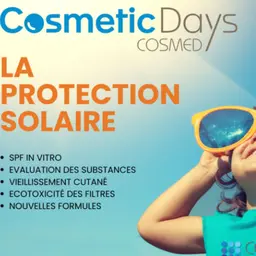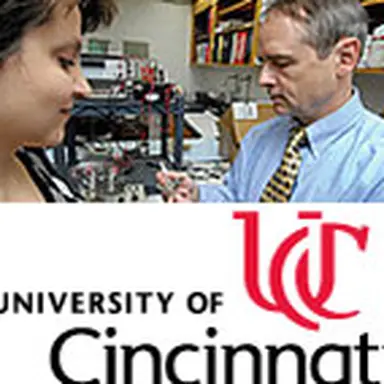
Researchers at the University of Cincinnati (UC) are presenting collaborative research on the use of mathematical methods for understanding the transportation of chemical compounds in biological tissues, like the skin. This could lead to better ways of testing cosmetic or consumer products without harming humans or animals.
Gerald Kasting, PhD, professor of pharmaceutical sciences in UC, who is collaborating with Arne Naegel and Gabriel Wittum from Goethe University in Frankfurt, Germany, for this research, says mathematical modelling allows scientists to test chemical compounds virtually, in place of human or animal testing.
'A lot of people have models, but we have predictive models,' Kasting says of developing mathematical equations to determine whether a chemical compound will penetrate skin or induce allergy based on the results of prior compounds. 'Instead of doing testing on 30,000 compounds, we are able to test a subset of say 200 and make predictions about the other 29,800 based on the subset.'
These predictions, he says, are essential to manufacturing in global chemical, cosmetic and personal care industries impacted by REACH, the European regulatory guideline that aims to improve the protection of human health and the environment through the better and earlier identification of the properties of chemical substances.
'In order to produce globally, companies need to meet and adhere to the most stringent guidelines. Potentially troublesome ingredients such as fragrances and preservatives are widely used in the cosmetic and personal care industry, so manufacturers are very interested in ways to improve testing,' he …

